
きつつきは、木をつつく鳥です。
きつつきは、木をつついて穴を空けて、木の中にいる虫を食べる鳥です。
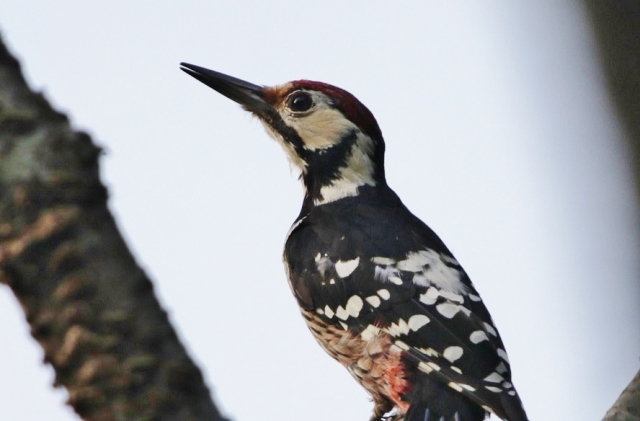
きつつきは、最初に木の表面を軽くつつき、音の変化で、中にいる虫を探します。
そして、1秒におよそ20回もの速さでくちばしの尖った先端で木をつつきつづけます。
虫の近くまでほり進むと、くちばしの何倍もの長さがある舌で、虫を引っぱりだして食べます。
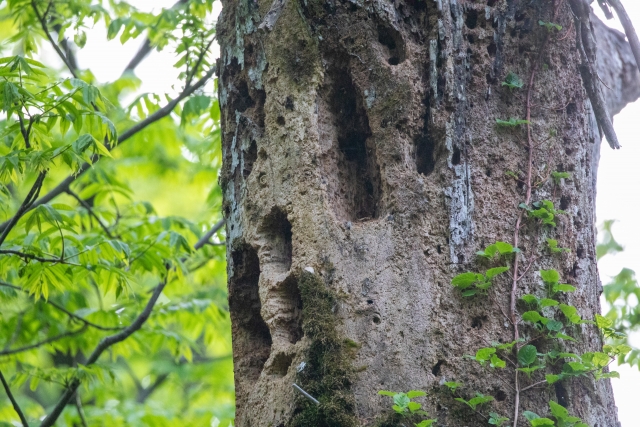
きつつきは、とてもたくさんつつくのに、頭がくらくらとしないのはなぜでしょうか。
それは、3つの部分で脳を守っているからです。
1つめは、くちばしの根本に発達した筋肉があり、これがクッションのような働きをします。
2つめは、頭の中にある脳を守る骨が、スポンジ状で厚くて、レースの格子のようになっているからです。
3つめは、きつつきの長い舌の付け根が後頭部にあります。これが、後頭部をぐるりと取り囲み、クッションの働きをして脳を守っています。
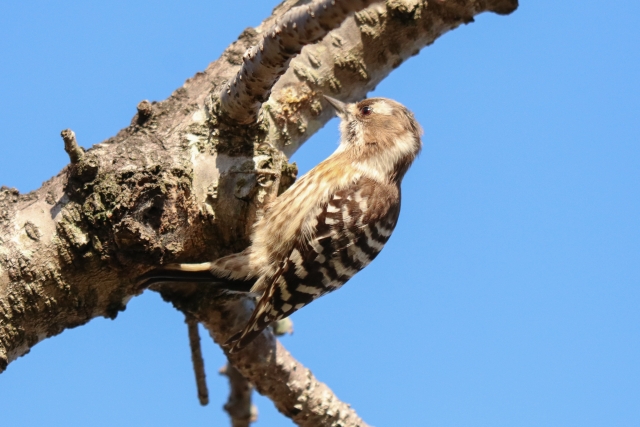
きつつきは、このように脳を守り、一日に1万2千回も木をつつくことができます。
朱鷺にすすむ(このブログにあるページ)
ペンギンの泳ぎにすすむ(このブログにあるページ)
オウムにすすむ(このブログにあるページ)
インコにすすむ(このブログにあるページ)
Woodpeckers
Woodpeckers are birds that peck at wood to make holes and eat insects in the wood.
The woodpecker first pecks lightly on the surface of the tree and looks for insects by listening for a change in sound.
Then they continue to peck at the wood with the pointed tip of their beaks at a rate of about 20 times per second.
When they get close enough to an insect, they pull it out with their tongue, which is many times longer than their beak, and eat it.
Why is it that woodpeckers peck so much and yet do not feel lightheaded?
It is because they protect their brains with three parts.
First, there is a well-developed muscle at the base of the beak that acts as a cushion.
Second, the bones that protect the brain in the head are spongy and thick, like a lattice of lace.
Third, the base of the long, tight tongue is located at the back of the head. This surrounds the back of the head and acts as a cushion to protect the brain.
Thus protecting the brain, the woodpecker can peck the tree 12,000 times a day.
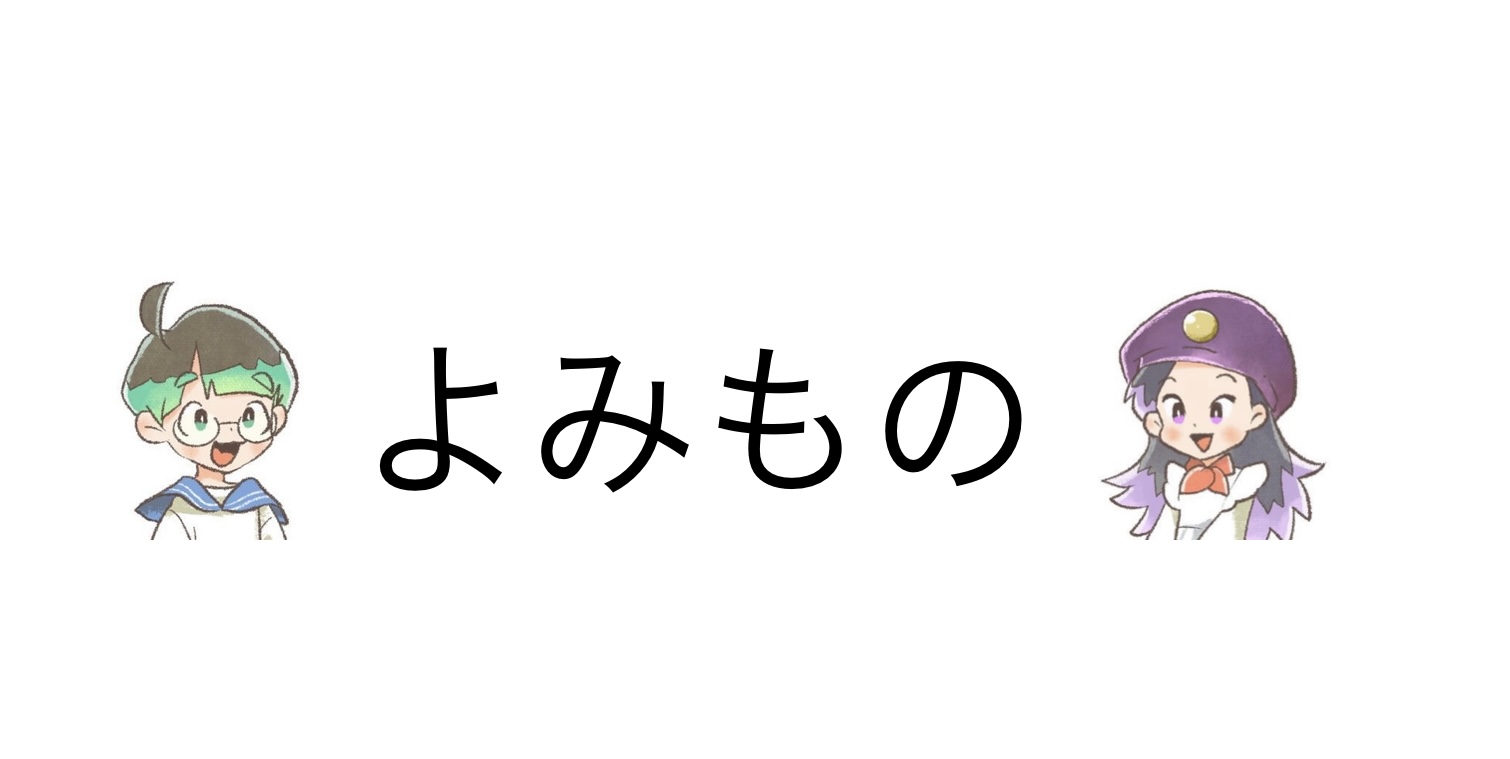
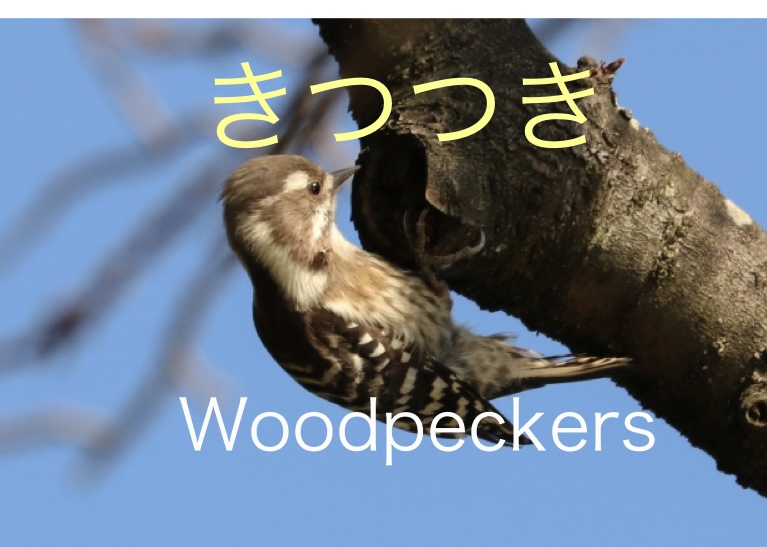


コメント